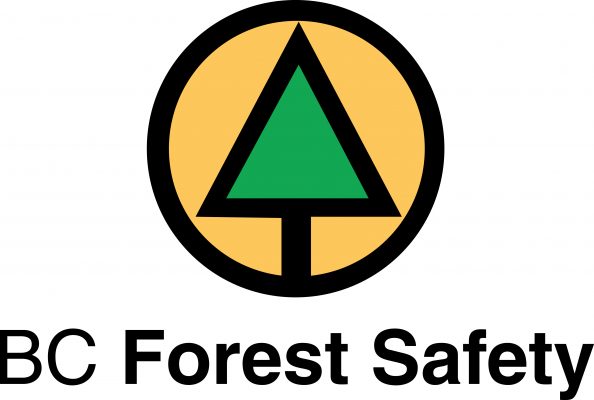
Rob Moonen
One crucial feature of science is that it makes evidence-based predictions. This evidence comes from several sources. Data can be collected to characterize the current state of our industry and recordings over time can reveal short-term trends. In addition, various techniques can be used to evaluate what the forestry industry was like in the past and how and why it changed.
I think it’s safe to conclude that applying science to predict the future of the perfect storm presently facing our industry is leaving many of us asking – What’s next?
While there are many questions about the future of the forest industry, there is some value in learning from the past to predict the future.
For many employers, contractors and workers engaged in forestry, the present state of our industry brings back memories of the U.S. recession of 2007-2009 and the collapse of the U.S. housing market. During this time, BC’s harvest volume dropped from 76.5 million m3 in 2007 to 51.7 million m3 in 2009. The future of the forest industry was in crisis and the employment prospects resulted in an exodus of experienced workers. Over time, industry activity resumed which saw workers returning to the job after time away, or new workers being hired. With the resumption of operations, industry’s safety performance suffered. While the factors that contributed to the 2007-2009 economic collapse are different than they are today and the immediate future of our industry is still in question, we can take the opportunity to learn from our past to predict the future. With time, industry will see some recovery in activity for different reasons (collective bargaining, market improvements, etc.) and industry will be calling some people back to work.
Fortunately, the same principles of preventing injuries can be applied in gearing an operation up, as managing in difficult times. In both cases, these principles help control total cost. The fundamental question that leadership of an operation should ask is, “Are we ready to do business well as we start the crews back up?”
Here’s a basic check list:
- Do we have a solid design and plan for our operation?
- Do people know how to use the equipment the way we expect to operate reliably?
- What training is needed to refresh or make sure people really work safely and effectively?
- Are the right tools in place, ready to be used?
- Do I as the supervisor have “walk around” times scheduled to check that the operation runs the way we expect and that people have the skills, knowledge and tools to operate in a way to avoid negative surprises.
After a period of down-time, a solid reliable start-up plan ensures good quality, cost control and injury prevention. A poorly-planned, rushed start-up costs money and can lead to surprises that can injure people and damage equipment.
While it’s difficult to predict when operations will resume and to what extent, let’s ensure we do our part to set your business and people up for success with a well-thought start-up plan that ensures: Every forestry worker goes home safe. Everyday.
Read the full BCFSC Newsletter here
